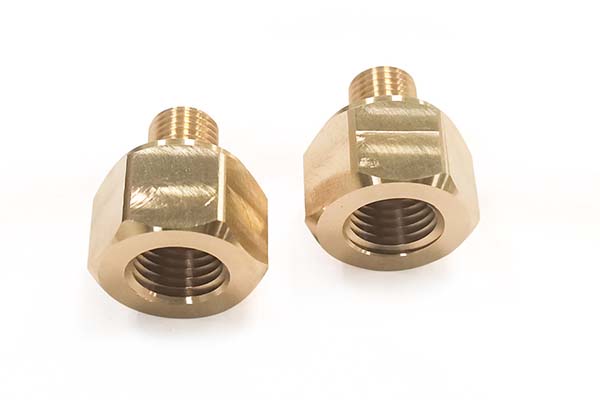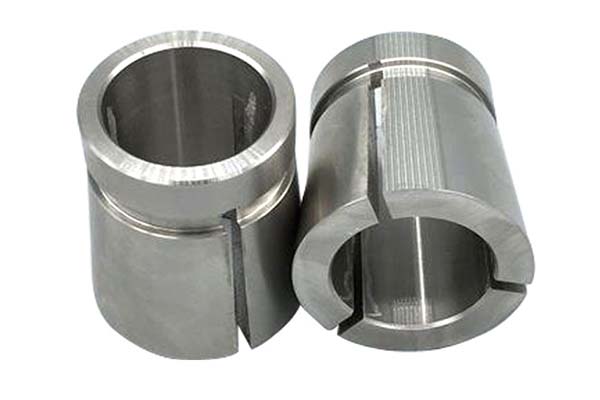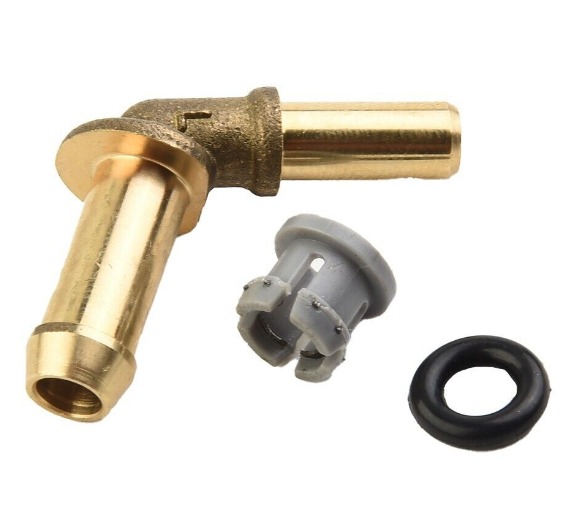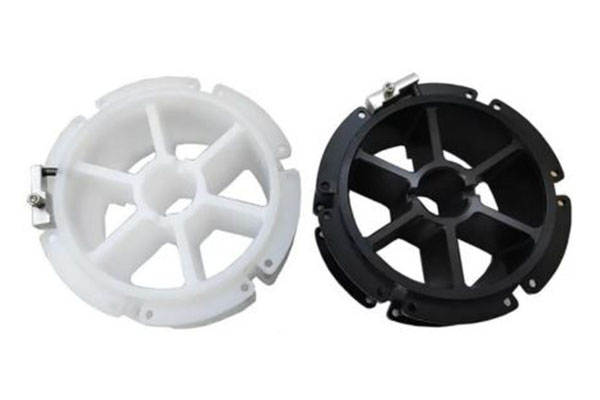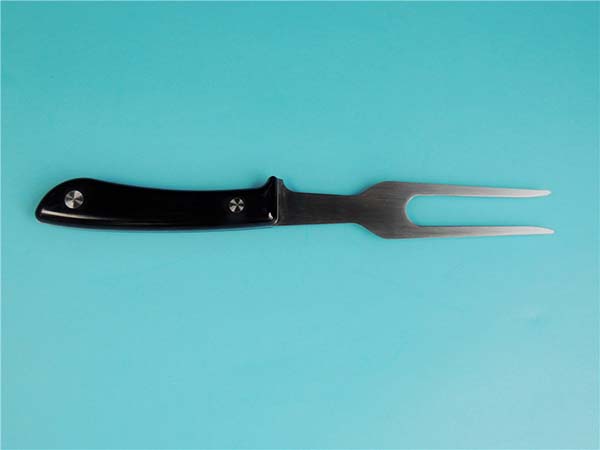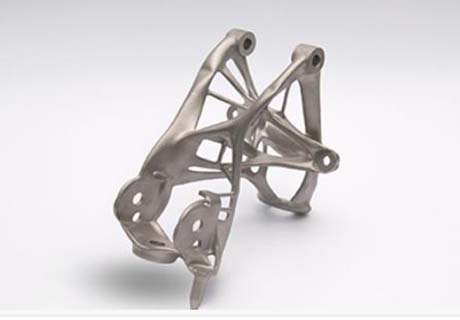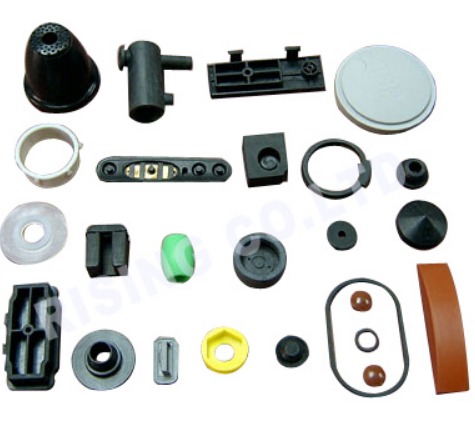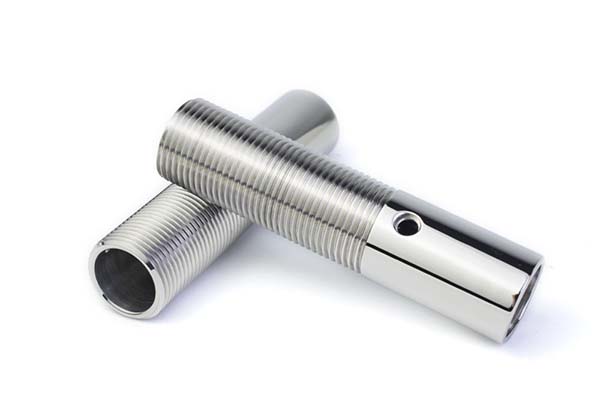CNC machining C26000 (Cartridge Brass) comes with its own set of unique challenges that can frustrate even experienced manufacturers. Unlike the more easily machined C36000, C26000’s high ductility and stringy chip formation often lead to issues like built-up edges, poor surface finish, and tool gumming. Additionally, its tendency to distort under improper workholding makes achieving tight tolerances a struggle. This article dives deep into solving these pain points, offering expert insights into material properties, machining parameters, tooling, and more to help you master CNC machining of C26000.
Alloy Overview & Material Properties
Understanding the unique characteristics of C26000 is the first step toward successful machining.
Composition and Key Properties
C26000 cartridge brass composition is a precise blend of Cu 70% Zn 30%, commonly referred to as 70-30 brass. This composition gives it a distinct yellow hue, earning it the nickname yellow brass.
Key material properties include:
- Tensile strength 300–360 MPa: This range makes it suitable for applications requiring a balance of strength and formability.
- Elongation 66%: Its high ductility allows for extensive shaping, but this also contributes to challenges in machining, such as stringy chips.
- Machinability rating 30 vs C360: Compared to C36000’s rating of 100, C26000 is significantly harder to machine, requiring more careful parameter setup.
- Density 8.53 g/cm³: Slightly higher than C36000, this affects workholding and handling.
- Corrosion resistance yellow brass: It offers good resistance to corrosion in many environments, though not as much as some other brass alloys.
- Annealing temperature 425–650 °C: Annealing can improve its machinability by reducing hardness, making it more manageable for certain operations.
CNC Machining Parameters & Techniques
Optimizing parameters is crucial to overcoming C26000’s machining challenges.
Cutting Speed and Feed Rate
- Cutting speed C260 brass: Due to its lower machinability, cutting speeds are typically lower than for C36000. A range of 100 - 200 m/min is common for turning operations.
- Feed rate 70-30 brass: A low-speed high-feed strategy works well. Feed rates of 0.15 - 0.4 mm/rev help in breaking chips and reducing built-up edges.
Chip Control and Coolant Use
Chip control stringy C260 is a major issue. The high ductility leads to long, stringy chips that can Entangled cutting tools and damage the workpiece. Using proper chip breakers and adjusting feed rates can help. When it comes to coolant, coolant flood vs mist is a consideration. Flood coolant is often more effective for C26000 as it helps in chip evacuation and reduces heat, which in turn aids in built-up edge prevention.
Tool Life and Micro-Turning
Monitoring tool life C260 brass is essential, as the material can cause faster tool wear. For intricate work like micro-turning thin-wall components, maintaining consistent parameters and using sharp tools are key to avoiding distortion and achieving precision.
Tooling & Edge Geometry
The right tooling can make a significant difference in machining C26000.
Inserts and Endmills
- Sharp carbide inserts C260: Sharp edges are necessary to cut through the ductile material cleanly, reducing the likelihood of built-up edges.
- High-positive rake angle: This helps in reducing cutting forces, making it easier to machine and minimizing tool wear.
- Polished flutes endmills: Polished flutes aid in chip evacuation, which is crucial for preventing chip buildup and gumming.
Coatings and Toolholders
- TiCN coating for gumming: This coating helps reduce friction and prevent material from sticking to the tool, addressing the gumming issue.
- Insert nose radius finish: A smaller nose radius can improve surface finish, but it may also increase cutting forces, so a balance is needed.
- Vibration damped toolholders and micro-grain carbide tools: These help in reducing vibration during machining, which is especially important for achieving good surface finish and precision in C26000.
Surface Finish & Post-Processing
Achieving a high-quality surface finish and proper post-processing are essential for C26000 parts.
Surface Finish
Ra 0.2 µm turning C260 is achievable with the right parameters and tooling. A mirror polish cartridge brass can be obtained through careful machining followed by polishing operations.
Deburring and Cleaning
Deburring stringy chips is more challenging due to the nature of the chips. Specialized deburring tools and processes may be needed. Ultrasonic cleaning is effective for removing contaminants from the surface.
Finishes and Protection
- Bright-dip finish: This gives the brass a bright, shiny appearance, enhancing its aesthetic appeal.
- Tarnish protection coating: Applying a coating helps in preventing tarnishing, which is important for decorative and exposed parts.
- Oxide removal citric acid: This is a safe and effective method for removing oxide layers from the surface of C26000.
Workholding & Distortion Control
Proper workholding is critical to prevent distortion in C26000, especially given its high ductility.
Workholding Methods
- Soft-jaw chucking brass: Using soft jaws helps in distributing clamping pressure evenly, reducing the risk of distortion.
- Vacuum fixture thin sheet: For thin sheet C26000, vacuum fixtures provide uniform holding without applying excessive pressure.
- Minimum clamp pressure: Applying the minimum necessary clamp pressure helps in preventing distortion while still ensuring the workpiece is secure.
Accuracy and Setup
- Distortion prevention 70-30 brass: Along with proper workholding, maintaining consistent machining parameters and avoiding excessive heat can help prevent distortion.
- Zero-point pallet accuracy and 5-axis tombstone setup: These ensure precise positioning of the workpiece, which is important for achieving tight tolerances in complex parts.
Applications & Industry Examples
C26000’s unique properties make it suitable for a range of applications.
- C26000 bullet casings CNC: Its ductility and strength make it ideal for this application, as it can withstand the pressure of firing.
- Musical instrument tubing: The material’s acoustic properties and formability make it a good choice for musical instruments.
- Radiator cores: Its thermal conductivity and corrosion resistance suit it for use in radiator cores.
- Decorative architectural trim: The bright yellow color and ability to be polished make it popular for decorative purposes.
- Electrical terminal connectors: Good conductivity and formability make it suitable for electrical applications.
- Plumbing valve bodies: Its corrosion resistance and machinability (with proper techniques) make it a viable option for plumbing components.
Yigu Technology's Perspective
At Yigu Technology, we have extensive experience in CNC machining C26000 cartridge brass. We understand its challenges and have optimized our processes to handle them effectively. From selecting the right tooling to fine-tuning machining parameters, we ensure that each part meets the highest standards of quality and precision. Whether it's for bullet casings, musical instruments, or other applications, we are committed to providing reliable and high-quality custom manufacturing solutions for all your C26000 machining needs.
FAQ
- Why is C26000 harder to machine than C36000?
C26000 has a lower machinability rating (30 vs 100 for C36000) due to its composition (70% Cu, 30% Zn) which makes it more ductile. This ductility leads to stringy chips, built-up edges, and increased tool wear, making machining more challenging.
- What is the best coolant strategy for machining C26000?
Flood coolant is generally the best strategy for C26000. It helps in chip evacuation, reduces heat, and prevents built-up edges, which are common issues when machining this ductile brass.
- How can I prevent distortion when machining thin-wall C26000 parts?
To prevent distortion, use proper workholding methods like soft-jaw chucking or vacuum fixtures, apply minimum clamp pressure, maintain consistent machining parameters, and avoid excessive heat. Additionally, using vibration damped toolholders can help reduce vibration-induced distortion.
